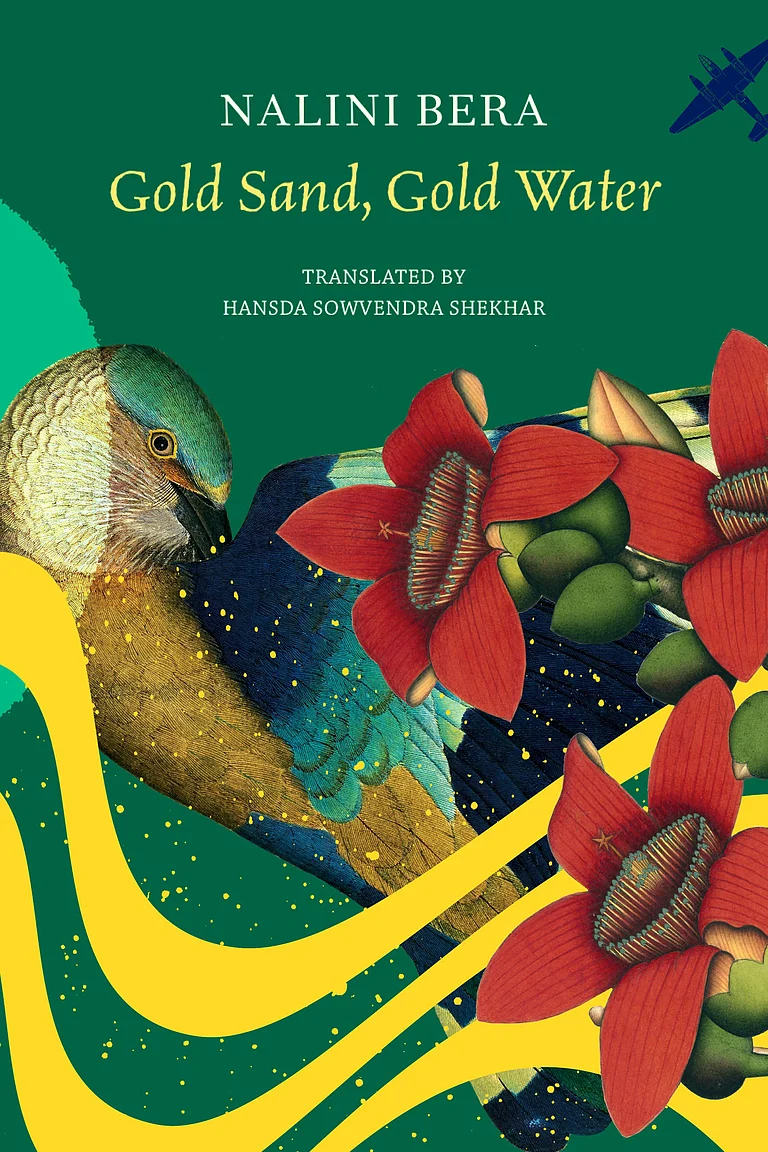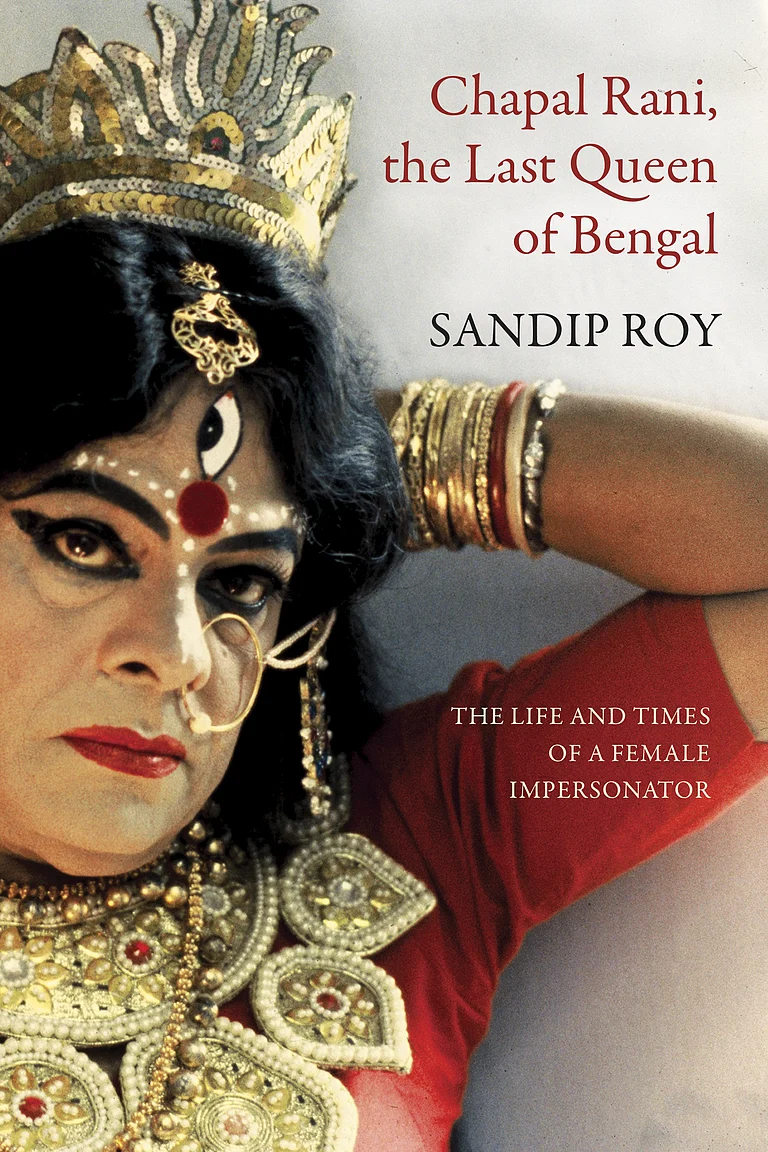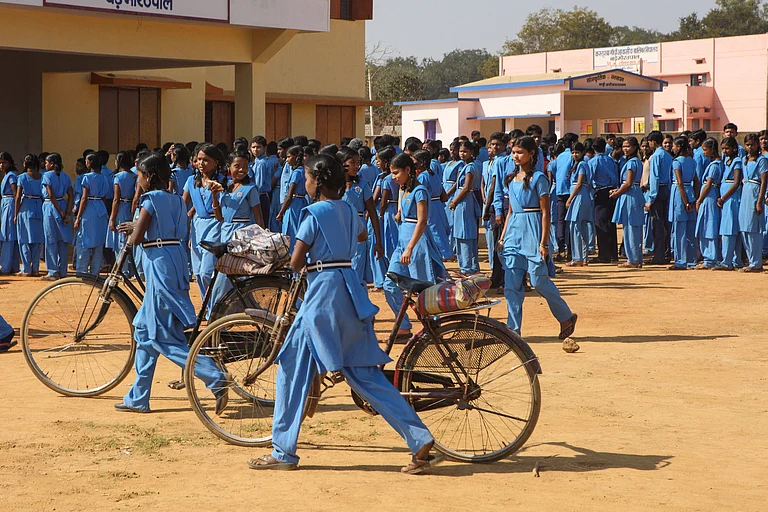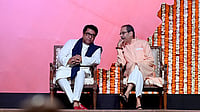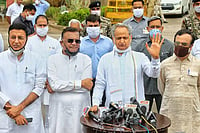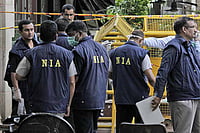All the same, your reviewer was left puzzled, despite earnest explanations by Khushwant Singh, Harish Trivedi, Aditya Bhattacharjea and Ravi Dayal himself, about the purpose of the handsome volume that lies before her. Two reasons come to mind. First, that this collection of essays by and about Stephenian writers is intended to reignite the debate over Indian writing in English and its much disputed subset, St Stephen's contribution to iwe. Second, this is the literary lounge lizard's version of the coffee-table book that simply has to be owned. "No one claiming knowledge of Indian fiction in English dare show her face in polite society without reading this book," says the appropriately vainglorious blurb.
On the surface, the Stephenian phenomenon is worthy of examination. Khushwant Singh was the first to emerge as a Stephenian writer, regardless of the fact that he did no writing while at college. Then, in the '60s and the '70s, the herd rushed forth. Amitav Ghosh, I. Allan Sealy, Upamanyu Chatterjee, Shashi Tharoor, Mukul Kesavan, Anurag Mathur, Rukun Advani, Makarand Paranjape, Gopal Gandhi and Ramesh Menon - nary a woman among them, for the very good reason that St Stephen's admitted women to the college in the 1930s and then exiled them until the mid-1970s.
Aside from the absence of women, that list reveals a paucity of writers of the first rank. Ghosh, Sealy, Mathur and Kesavan are the only "full-time" writers on the list: the rest range from the purely dilettante to the semi-professional writer with a separate working life. Nor is the list an exhaustive chronicle of Indian writing in English, by any means.
In all justice, many of the essays here take issue with the very idea of this mythical beast called Stephenian writing. Ravi Dayal calls the Stephenian label a "horrible label, which no one should want to wear". Makarand Paranjape points out that several other Indian colleges have produced fine writers, but have escaped being identified with a school. Brinda Bose explores the absence of women both from the "Stephenian school" and in the texts of writings by Stephenians. The contributions from the writers themselves are by and large personal reminiscences: interesting enough, but they add little to the debate.
The oddest inclusion is Ramachandra Guha's essay on the St Stephen's School of Cricket, intended to point up the fact that the college has made far more significant, and measurable, contributions in other fields. It adds, however, to the undertone of nostalgia for the college itself that pervades some of these essays. This is not the fault of the editors, who draw attention to the fact that many of the pieces here were originally written for the college magazine. While they have been reworked in many instances, one wonders whether they should have been elevated from the level of inhouse debate at all.
In the end, what you're left with is two flavours of fiction. The first kind is the fiction emanating from St Stephen's, a creature that's perhaps purely illusory, but that is possible to believe in, just as we once believed in Santa Claus and bloody-fanged rakshasas. The second is the fiction that settles inexorably around St Stephen's itself. It creates a nostalgic myth of College for old Stephenians; it creates of St Stephen's a convenient whipping boy for critics of Stephen's and all the worlds of privilege it is supposed to stand for.
So is there ultimately such a thing as the fiction of St Stephen's? Perhaps the only way to answer that is with another question: should we care?
This volume, for one, offers no reasons why we might want to. It's like the debates that used to unfold on the college lawns after classes: intricate, brilliantly argued, multi-layered, but pretty pointless in the long run.








